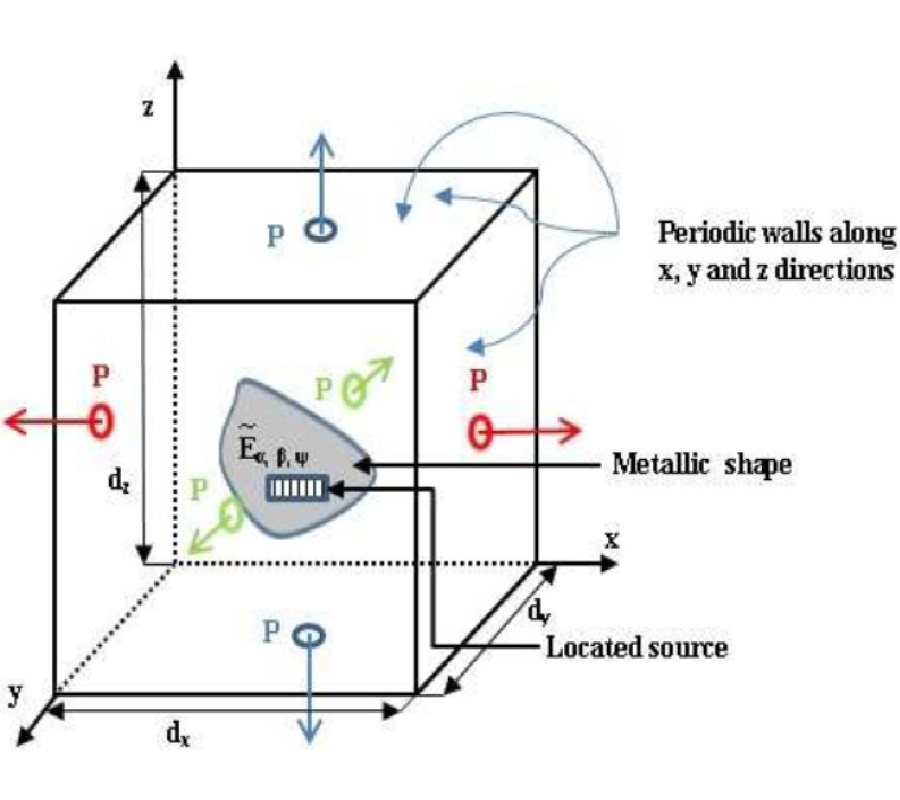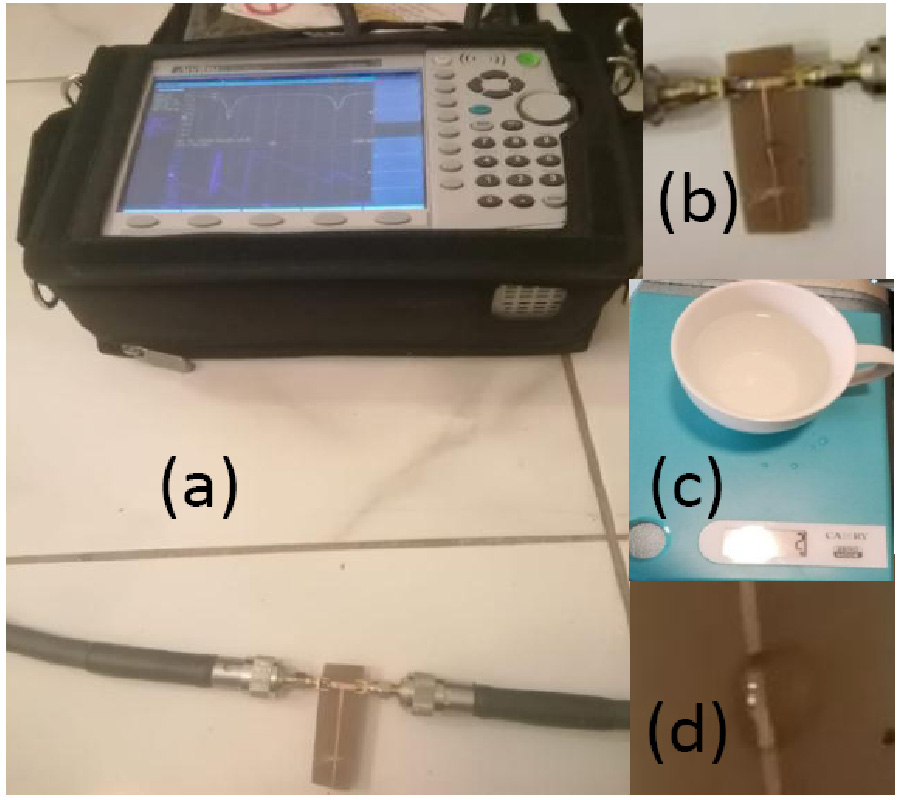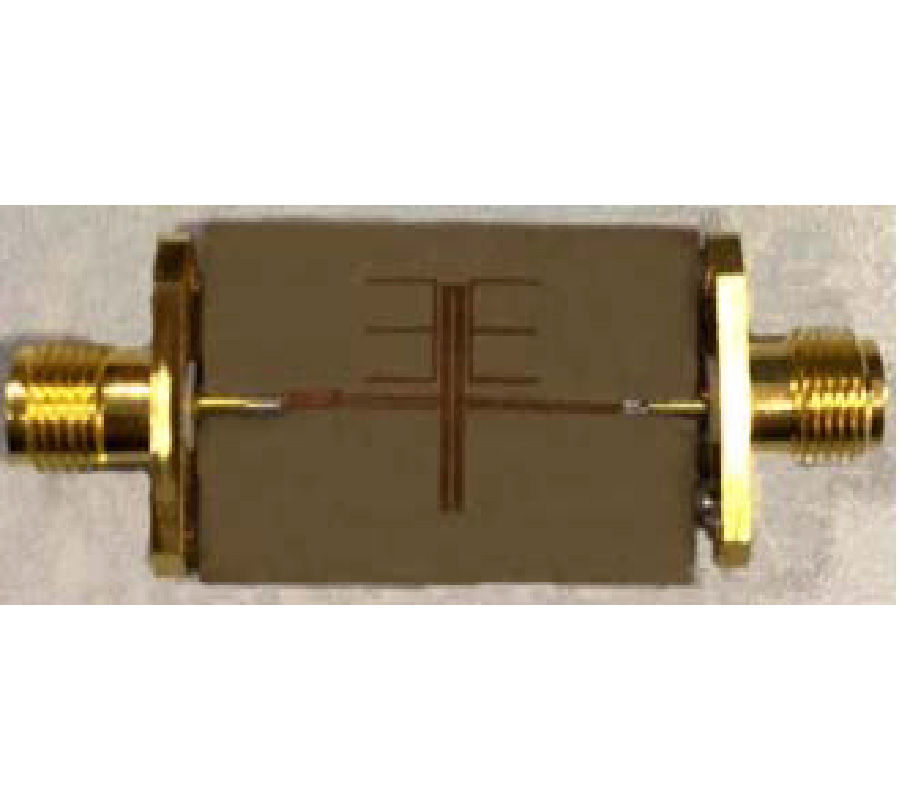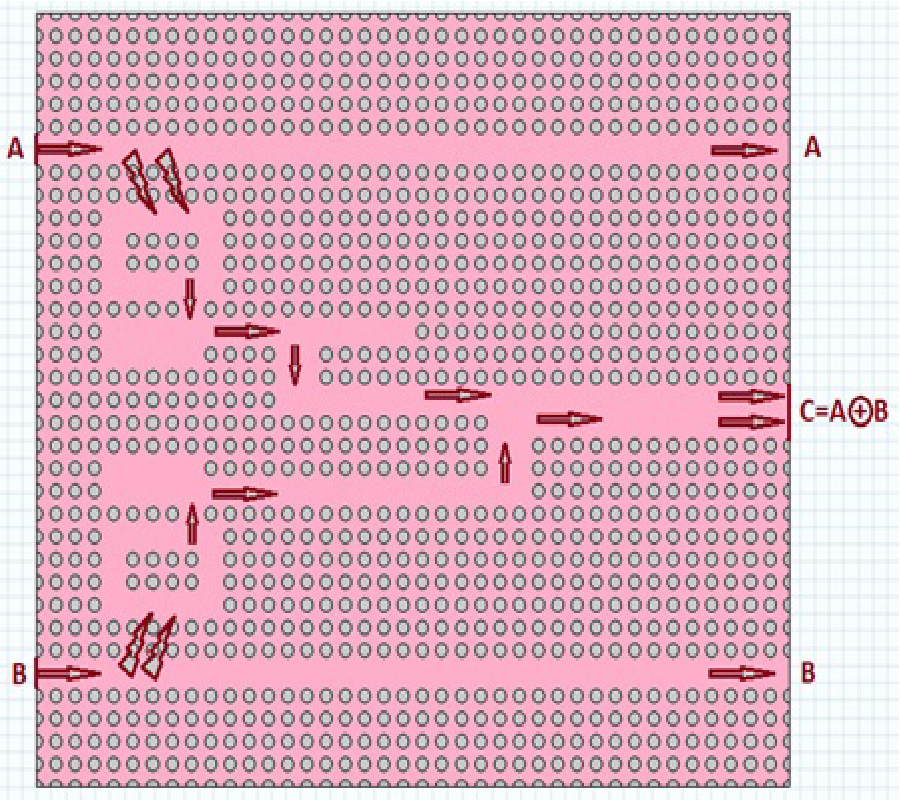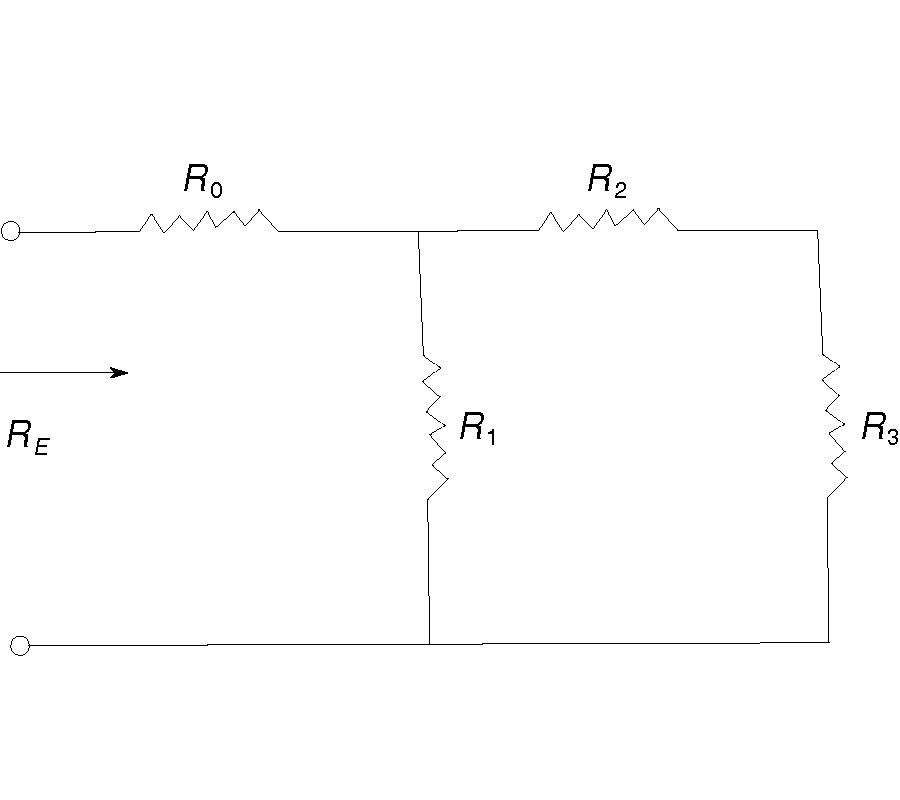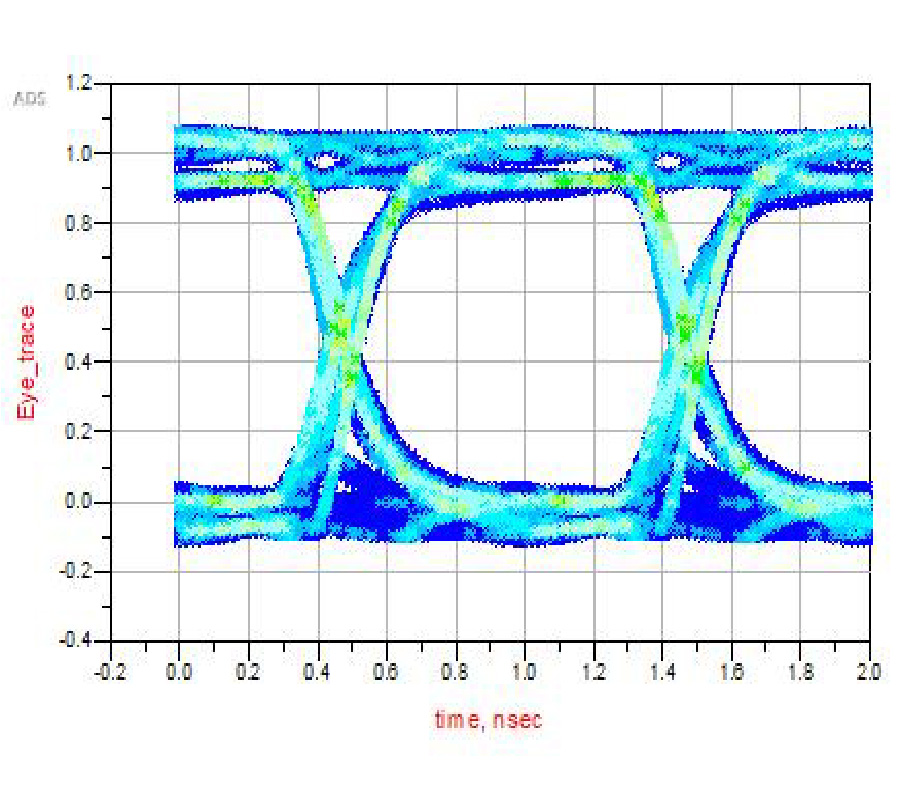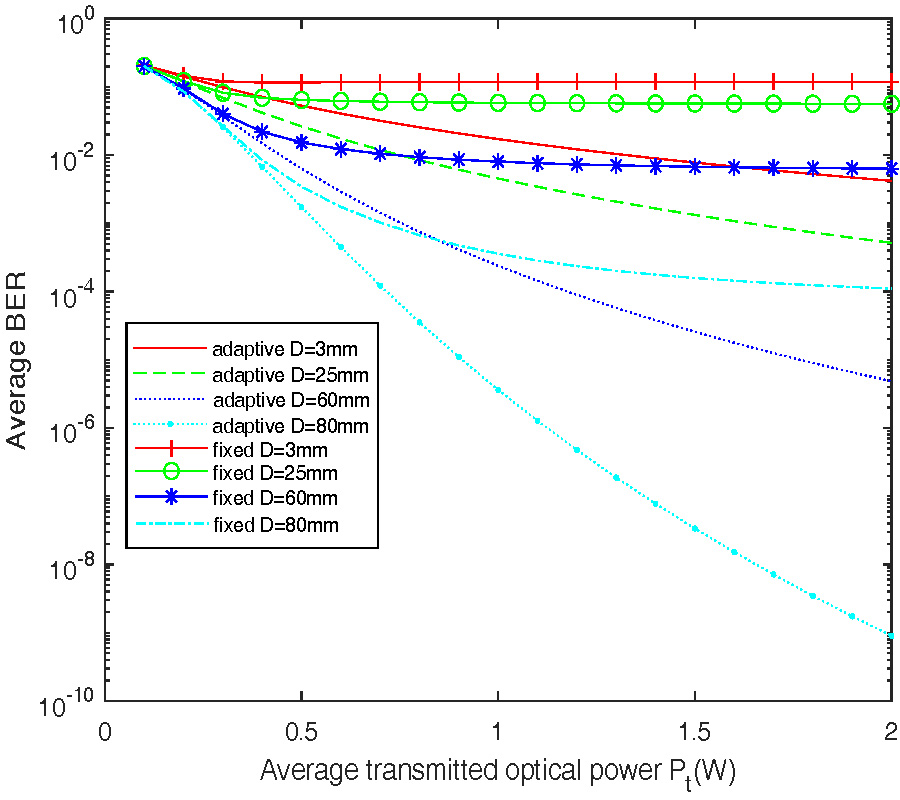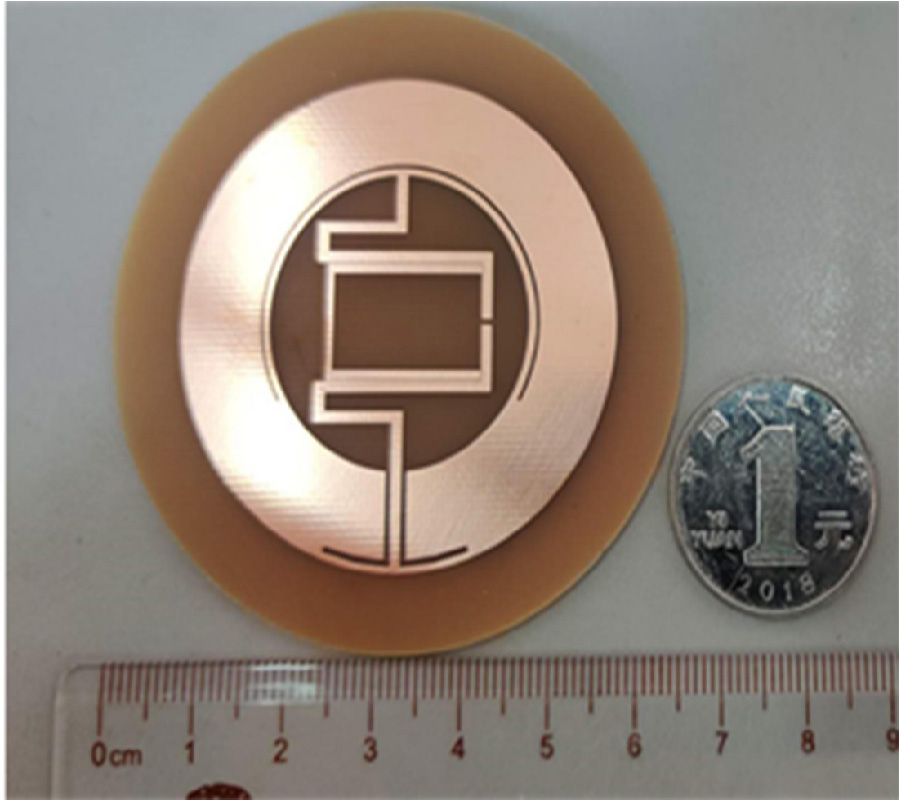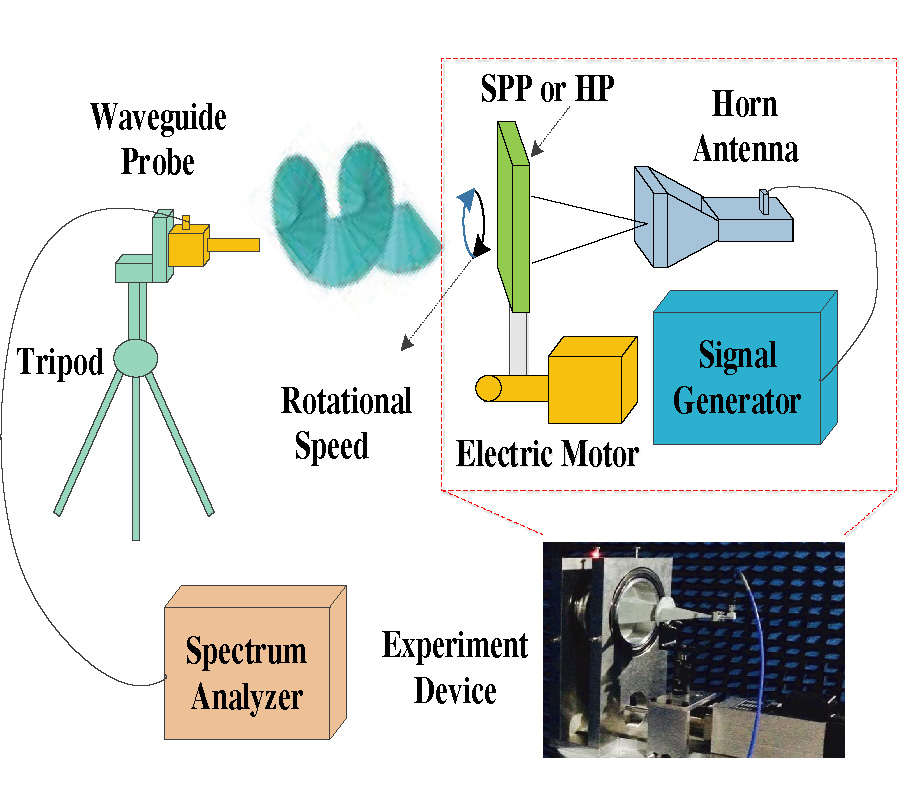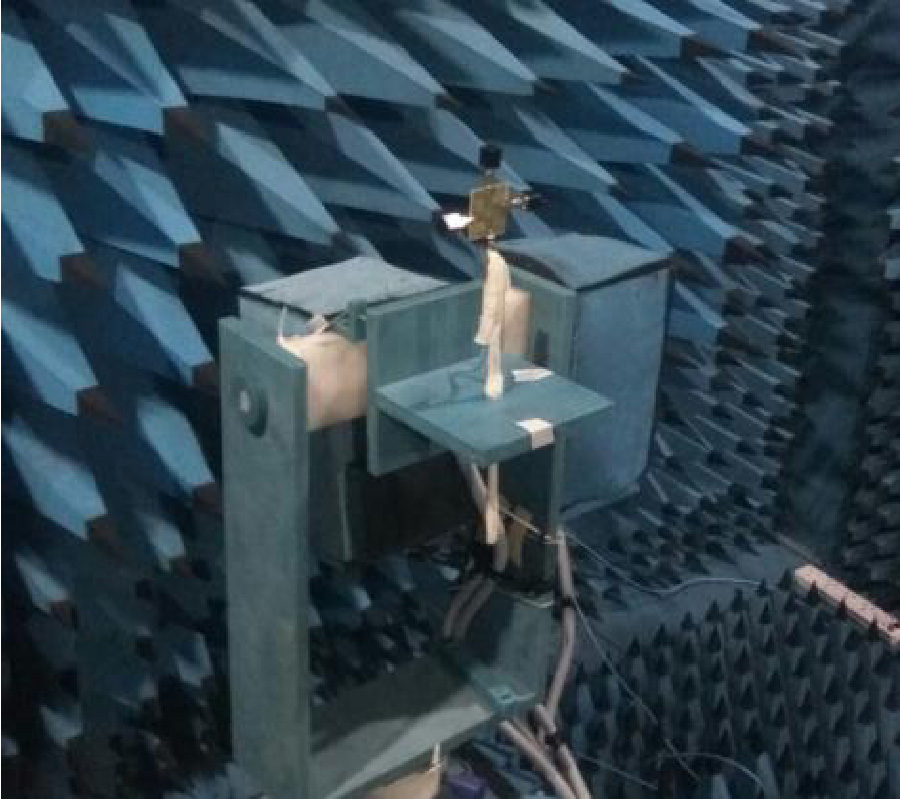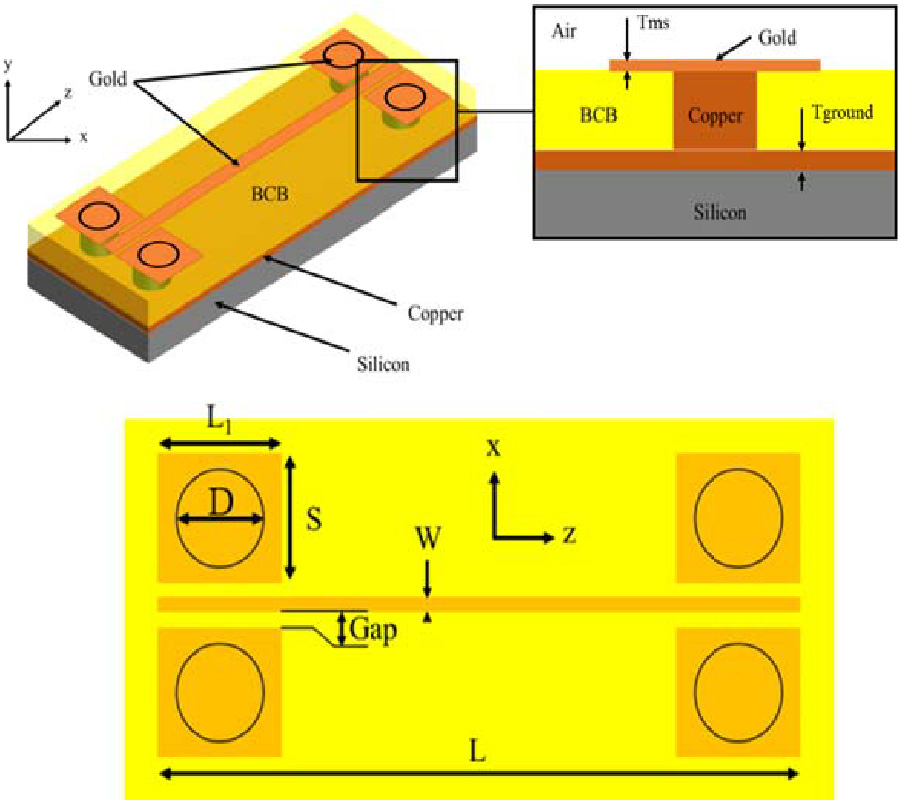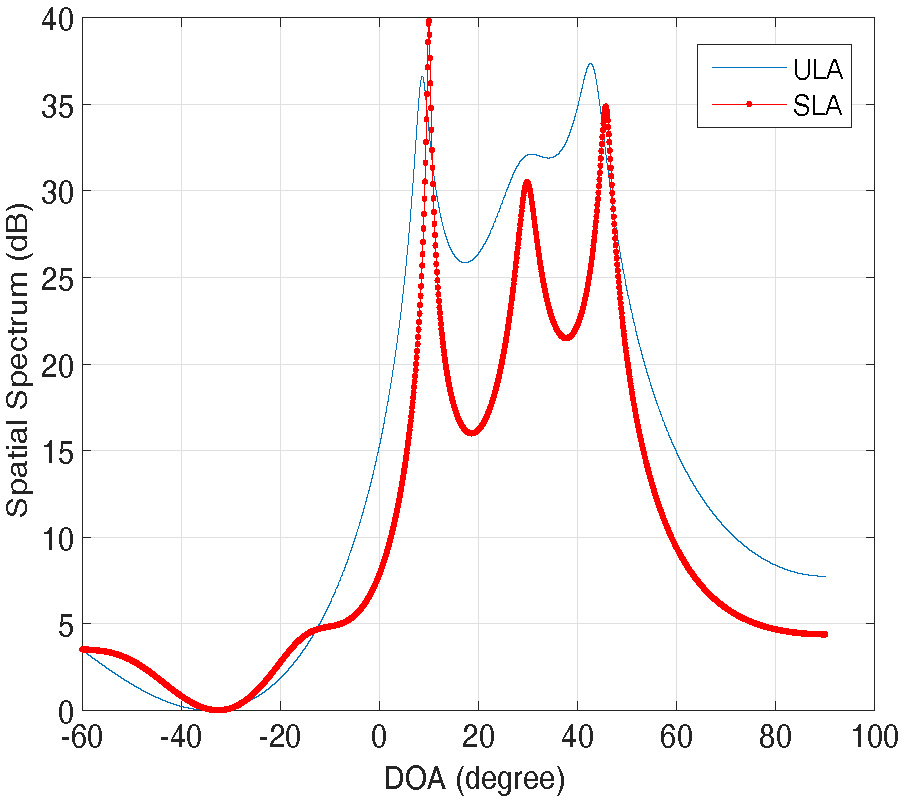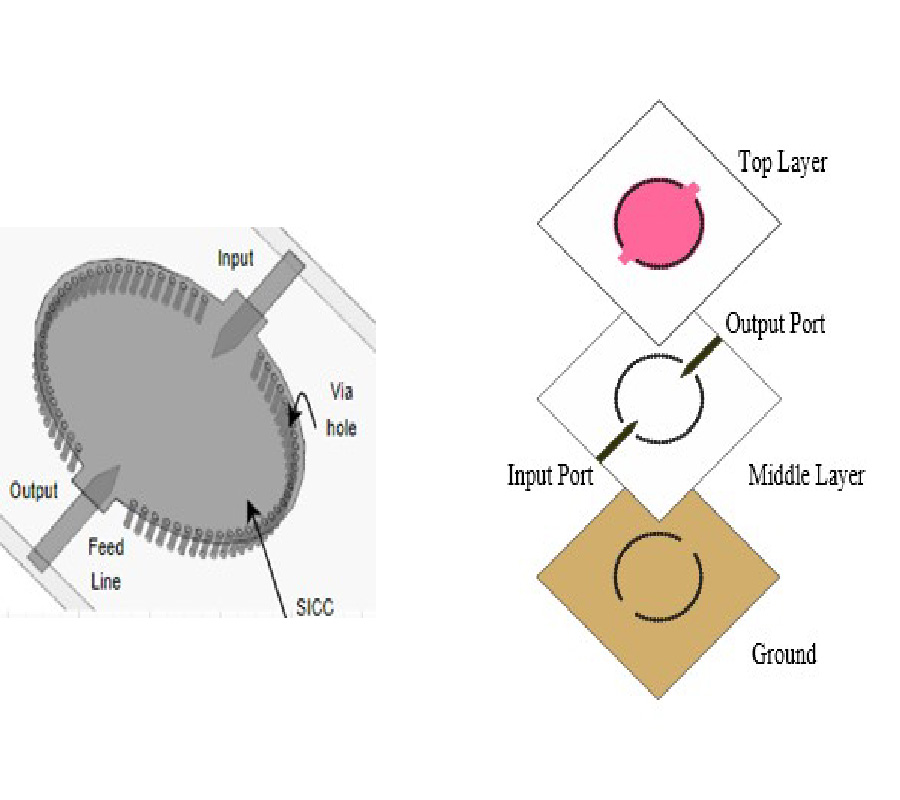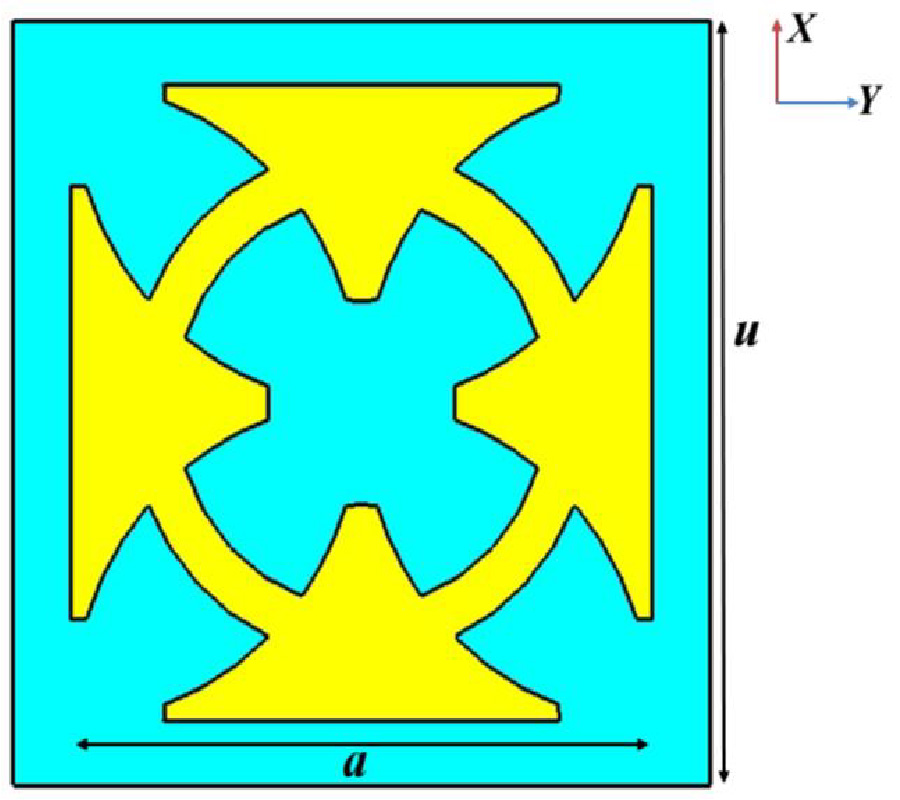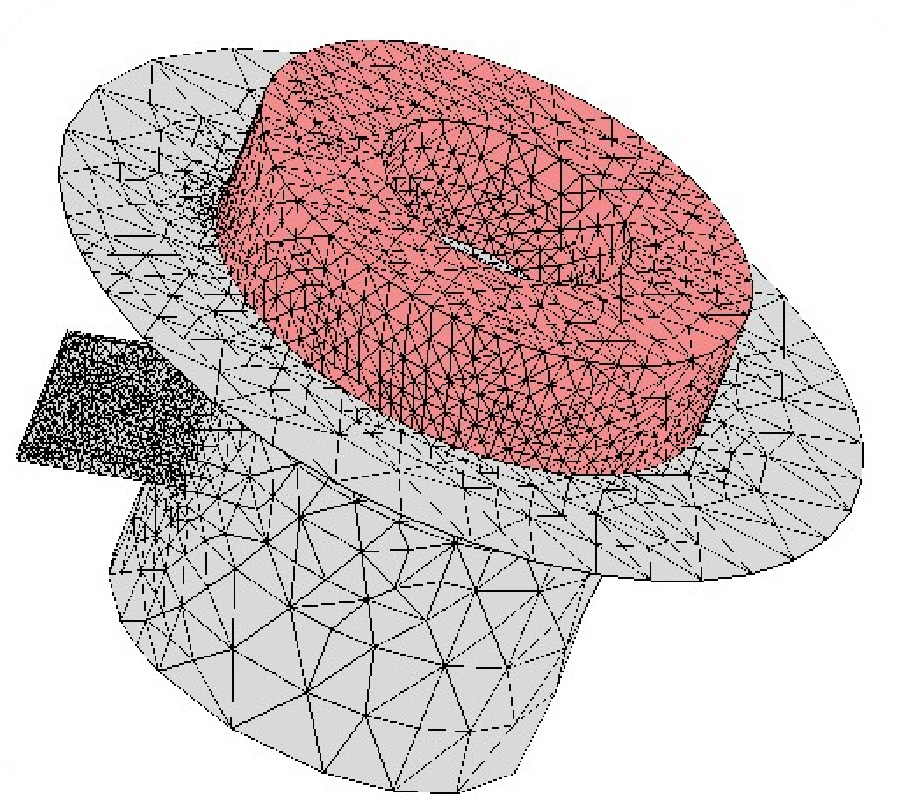An Octaband Temperature Tunable Terahertz Metamaterial Absorber Using Tapered Triangular Structures
Bhargav Appasani
The recent growth of terahertz (THz) applications has sparked interest in the design of novel electromagnetic structures for this frequency regime. One of the structures is the THz absorber, used in sensing and imaging applications. Metamaterial based designs are commonly used to achieve the desired absorption characteristics. Absorbers whose spectra can be tuned by changing the temperature are a subclass in the broad family of THz absorbers that are used for temperature sensing. In the beginning years, single band temperature tunable absorbers were designed, and at present the focus has shifted to the design of multi-band temperature tunable absorbers. Absorbers with six tunable bands have already been proposed. In this paper an octa-band temperature tunable terahertz metamaterial absorber is proposed, whose unit cell consists of four orthogonally placed tapered triangular structures connected by a ring resonator on top of an InSb dielectric substrate. At 210K it is observed that the structure's absorption spectra are: 98.7% at 1.026 THz, 79.5% at 1.245 THz, 90.4% at 1.301 THz, 95.2% at 1.442 THz, 97.44% at 1.585 THz, 96.4% at 1.644 THz, 97.1% at 1.756 THz, and 90.4% at 2.071 THz. The temperature sensitivities of the proposed structure in eight of its absorption bands are 10.3 GHz/K, 8.22 GHz/K, 7.96 GHz/K, 7.02 GHz/K, 6.44 GHz/K, 6.17 GHz/K, 5.5 GHz/K, and 3.2 GHz/K, respectively. Thus, the proposed design can have practical applications in terahertz temperature sensing applications.
